May 20th - May 21st, 2022
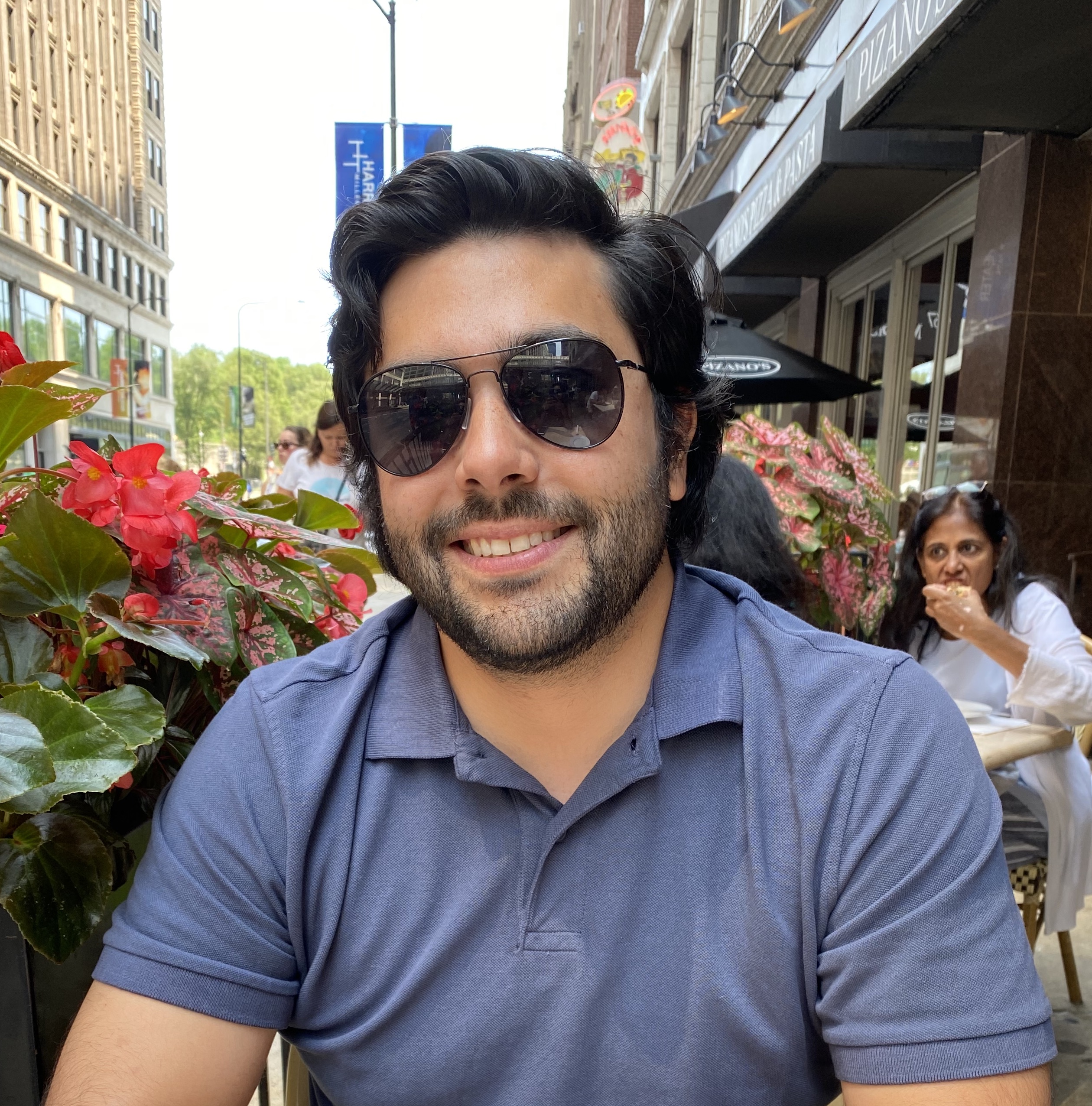
David Bernal
The Groom
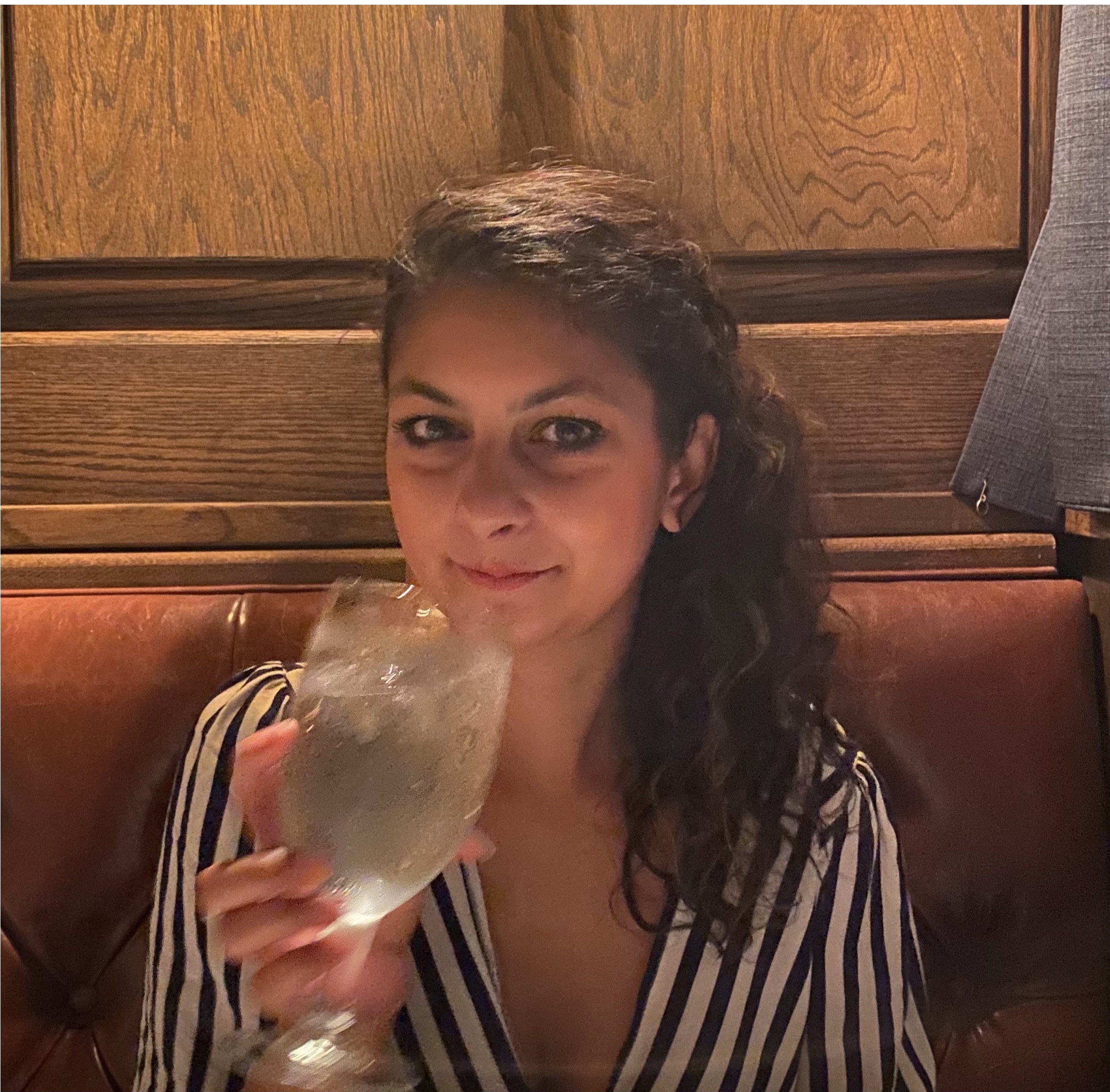


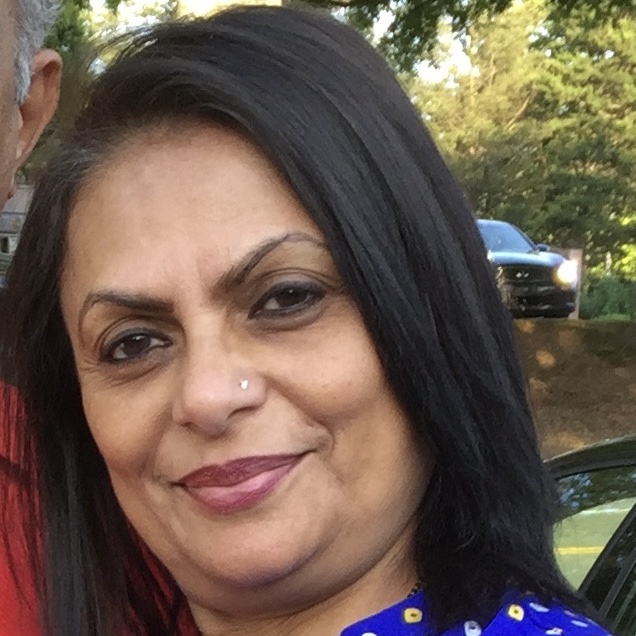







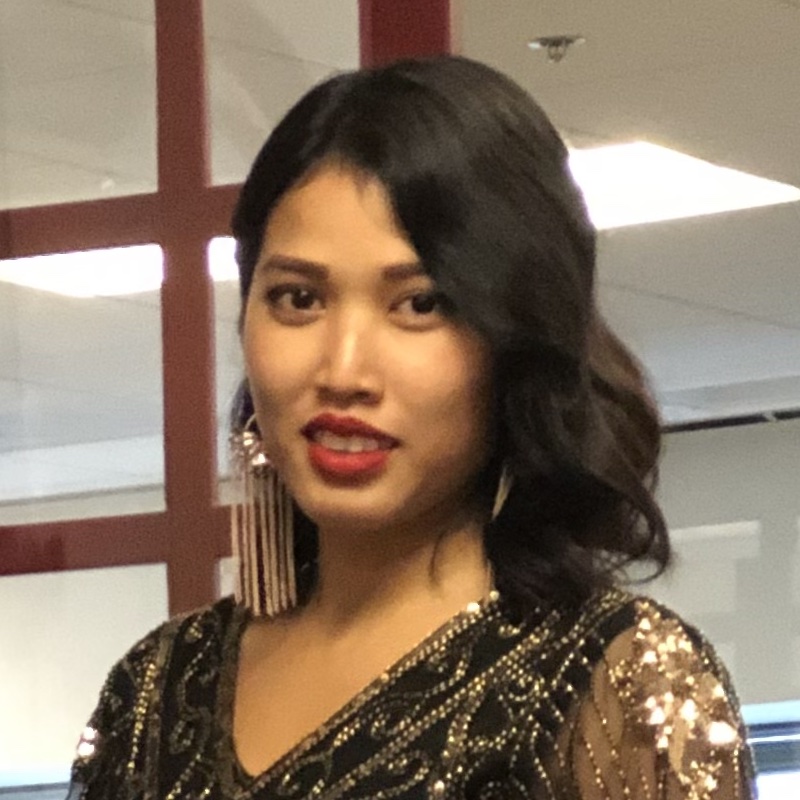


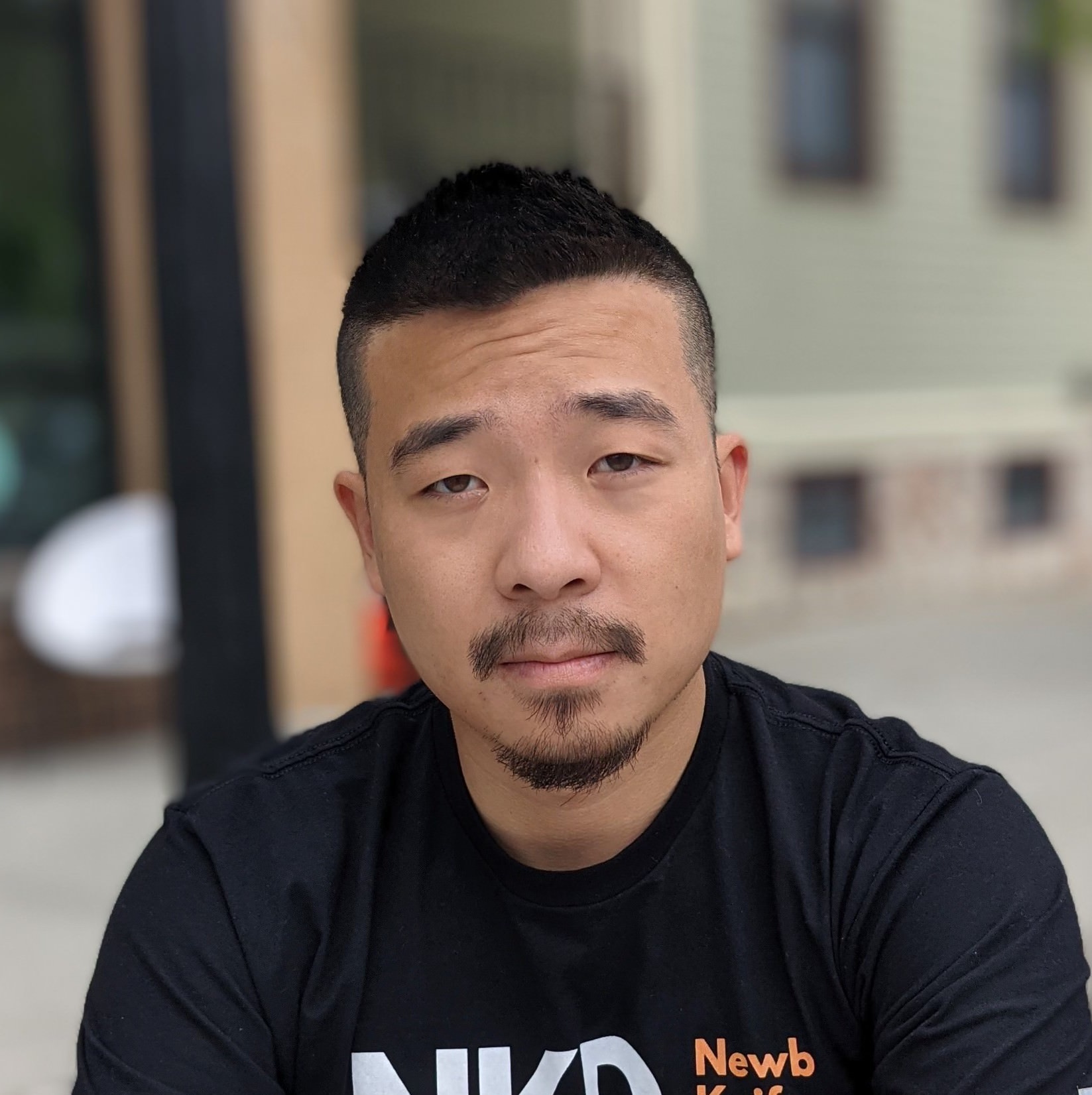





(Family only) Ganesh Puja signals the start of the rest of the wedding rituals. The family worships Lord Ganesh, praying for a smooth and obstacle-free wedding.

While family and friends gather, the couple vow and promise their commitment to each other under a traditional Western altar.

Drinks, hors d'ouvres, and a food truck dinner will be served accompanied by a Latin fanfare.
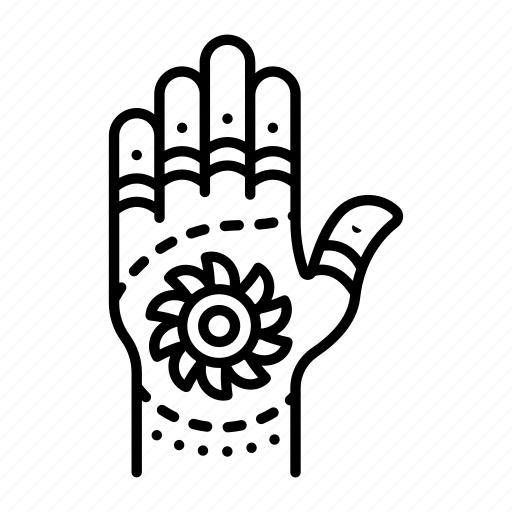
Women in the family and the bridal party will get henna done on their arms and feet.

After bombastic arrivals, family and friends celebrate and pray around a traditional mandaap as the couple begins their journey as husband and wife.

A street-food themed lunch will be served for all to enjoy.

Dinner and drinks will be served as the wedding festivities begin.

Music and merriment will ensue so prepare your dance moves.
Event Time: May 20th 1:30 PM
Attire: Formal
Family and friends will arrive and make their way to their seats.
The groom will arrive and meet the officiant at the altar. Followed by both his parents and the bride’s parents.
The processional will begin after both sets of parents are seated. Bridesmaids and groomsmen will walk down the aisle in pairs and proceed to their place at the altar. The processional will officially end with the arrival of the Bride escorted by her father.
The wedding officiant will greet all guests and begin the wedding ceremony.
The bride and groom will now make their way to a display of two unlit candles and a large oil lamp (Diya). Both sets of parents approach the display and light one of the candles. The candles are now a symbol of the family created by both sets of parents. Once the candles are lit, the bride and groom will take the candle lit by their parents and join together to light the oil lamp (Diya). The lit oil lamp now symbolizes the union of not just the bride and groom, but of the families as well.
The bride and groom will take turns declaring their sacred promises and lifelong commitments to each other.
The officiant will explain the symbolic importance of the wedding bands after which the bride and groom will exchange rings.
The officiant will now read the blessings out loud. Blessings act as a celebration of the new union.
The officiant will now pronounce the bride and groom as husband and wife officially.
The recessional will begin immediately after the first kiss as the wedding party exits the ceremony.
Event Time: 11:00 AM
Attire: Indian Formal OR Formal
The groom and his family and friends arrive via a parade to the wedding venue. Dancing and music will accompany the parade to celebrate the groom’s journey to marry his bride.
The brides family greets the Baraat. When they arrive, family members meet, exchange sweets, and embrace each other. The bride’s mother greets the groom and provides her blessing to proceed with the wedding.
The bride’s family will try to steal the groom’s shoes once he is in the Mandap (wedding altar). It’s up to the groom’s family and friends to defend the shoes. If the bride’s family succeeds, the shoes will be held ransom unless the groom gives up a prize.
The bride makes her entry into the Mandap (wedding altar). The groom will not see her until they exchange garlands.
The bride arrives at the Mandap (wedding altar) and the couple exchange garlands to show their consent to this match.
The bride places her palm onto the groom’s palm to signify her passing to a new family. The groom promises henceforth that the bride will be his responsibility, and that he will protect and care for her. The bride’s family is giving the biggest donation in karmic life by giving their blessings to the groom to be responsible for taking care of their daughter.
Agni (fire) is lit as a witness to a marriage. The bride and groom offer various items to feed the fire and recite vows to be faithful and respectful to one another.
The ends of the couple’s scarves are tied together by the groom’s sister to symbolize the joining of their lives. The couple hold hands and accept each other as husband and wife.
The couple walk around the fire four times each representing the following:
(1) Dharma (Ethical Duty)
(2) Artha (Prosperity)
(3) Kama (Love)
(4) Moksha (being released from the cycle of rebirth by living a karmic life with each other)
The couple takes seven vows to define their journey through life together and confirm their commitment to each other.
(1) To provide for a happy and nourishing life
(2) To develop physical, mental, emotional, and spiritual strength
(3) To accumulate wealth by diligence and righteousness
(4) To serve each other with happiness and harmony
(5) To take care of a strong, virtuous, and loving family
(6) To care for each other for a long life together
(7) To be true companions and remain lifelong friends
The groom applies sindoor (vermillion powder) on the bride’s head and places a mangalsutra (necklace) as physical symbols of a married woman. With this, the groom promises his bride a life of protection and responsibility to maintain their home.
Blessings are whispered to the bride from married women to ensure an everlasting marriage.
The couple feed each other sweets symbolizing that they will share everything in life and to have a sweet start to a new marriage.
After receiving blessings from the priest and both sets of parents, the couple is ready to begin their lives together. The bride throws handfuls of rice over her head as her mother collects them behind her. Traditionally, daughters are considered to be manifestations of Laxmi ( goddess of wealth) and the rice symbolizes that she leaves wealth and prosperity with her family as she leaves. This is also another way for the bride to thank her family for everything they have done for her.